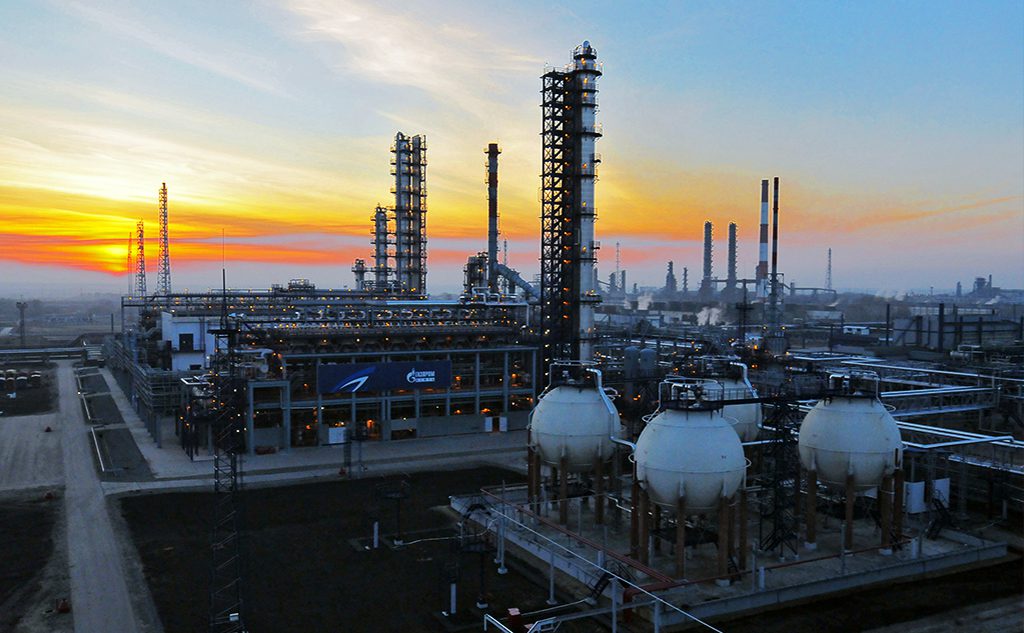The negative image of the oil and gas industry makes it challenging for the industry to recruit the most talented candidates in some locat...
The negative image of the oil and gas industry makes it challenging for the industry to recruit the most talented candidates in some locations as well as its ability to raise capital from institutional investors who can often find the business highly speculative and risky. Consumers are also questioning whether oil and gas will remain a reliable fuel source and desire a transition to cleaner sources of energy. Companies that ignore these challenges run the risk that it will be their balance sheet assets, and not competing oil reserve assets, that are stranded in the long run. By addressing these risks systematically, the industry would be able to ensure that markets value and finance oil and gas in an orderly transition to reflect changing demand outlooks.
Addressing Trust Challenges and Regulatory Uncertainty Other industries such as the US nuclear industry and international airline carriers have created independent industry-wide reporting standards and verification/auditing methods and have established successful transparent, voluntary systems for measuring and rewarding best-inclass standards. Mutualizing risks has proven successful in other industries and pooling arrangements have proven useful already in oil and gas, notable examples being the tanker pools and the Canadian Oil Sands Innovation Alliance. Partnering with institutions like the Extractive Industries Transparency Initiative (EITI) and Sustainability Accounting Standards Board (SASB) can also enhance trust and assist companies in promoting standards industrywide. These same standards can be applied to ethical lobbying practices and arm’s length relations with regulators. Pooling arrangements that improve cooperation in industry during times of supply emergencies such as fuel loans and swaps can also reduce price volatility and give consumers improved service and performance. Generating employment, investment and sales of energy products is no longer sufficient to ensure stakeholder satisfaction of oil and gas in light of breakdown of public trust in the industry’s capabilities and motives. To address emerging threats to the industry’s licence to operate will take a concerted effort in accountability, transparency and improved stewardship and performance across the whole industry.
Relying on regulators and the courts to hold “bad actors” to account have not served the interests of the wider industry whose reputation is tainted by the same broad brush. Rather, an institutional framework that provided an agreed upon gauge for good practice would benefit both industry and society. Such a framework could enhance transparency and thereby provide confidence to investors and the public that industry can mitigate the circumstances of the necessary reliance on oil and gas as the energy system transitions over the coming decades. For oil and gas leadership, failure to address above-ground risks will run higher competitive risks as delays will be critical to resource development, while demand is stable and robust. Eventually, players who remain competitive in the oil and gas industry will have to consider whether it can be more profitable to shareholders to develop profitable, low-carbon sources of energy as supplements and ultimately replacements for oil and gas revenue sources, especially to maintain market share in the electricity sector. This will require a change in the oil and gas industry investors’ mindset. To develop this second leg of the oil and gas industry's activities, the industry may find new opportunities by addressing the technological challenges associated with the different parts of the renewable space, as well as how to develop efficient combinations of large-scale energy storage and transport solutions in a world with a lot of variable renewable electricity.

No comments